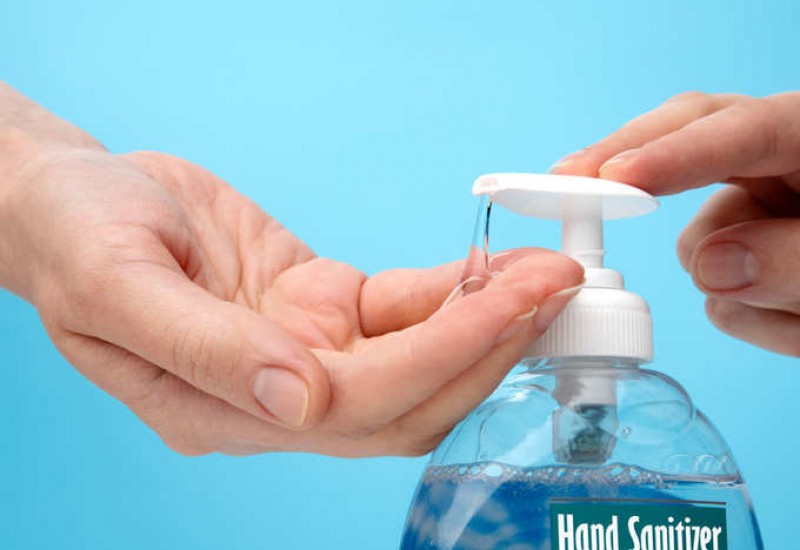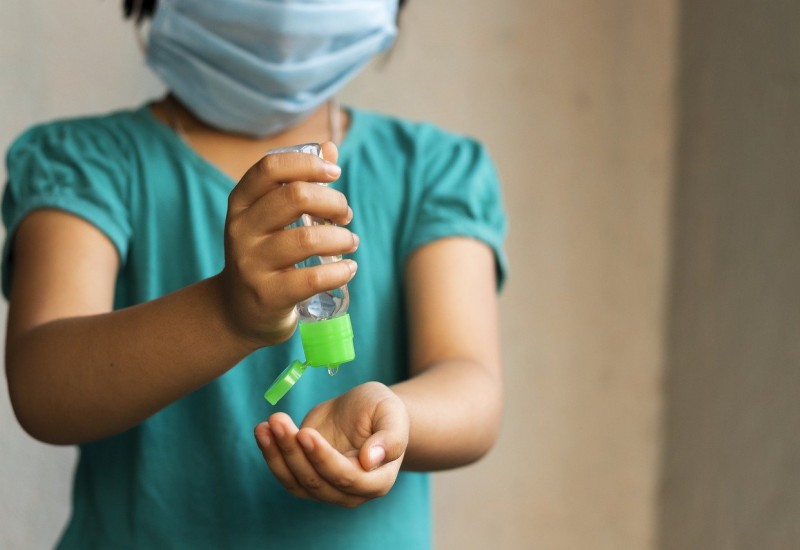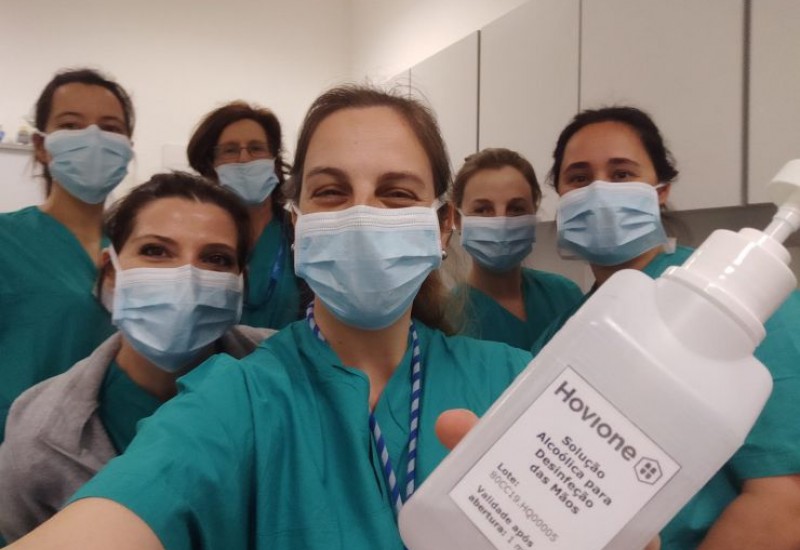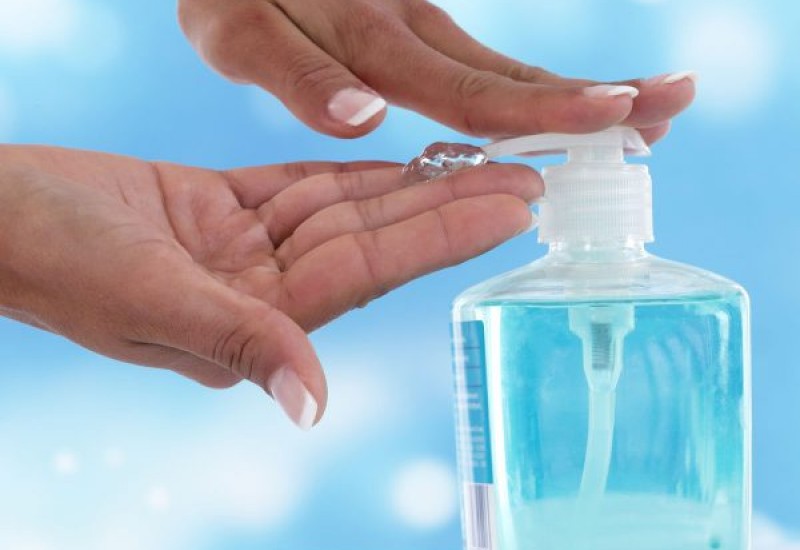CEFIC: Increase in non-compliant article imports
According to an analysis by CEFIC of data reported through the EU’s Safety Gate, 2020 saw a steep increase in imports of hand sanitisers that were not compliant with the EU chemicals safety rules. These were either not marked as flammable or containing methanol, as required by EU Classification & Labelling rules, or had insufficient ethanol to kill viruses, as required by the Biocides Regulation, CEFIC noted.












